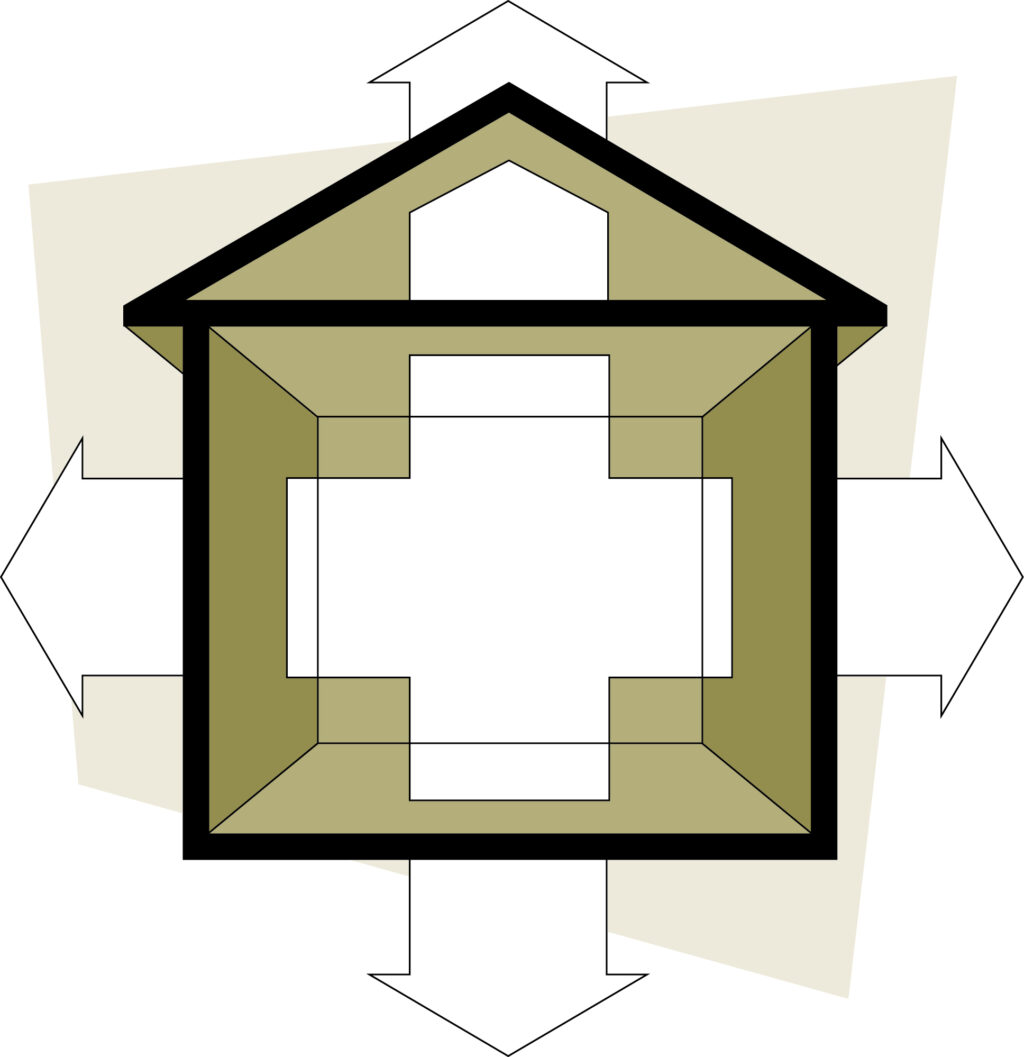
As the crisp autumn air descends, and winter’s chill settles in, staying warm and comfortable at home becomes a priority. But with a vast array of heating options available, selecting the right heater for your needs can feel overwhelming. Fear not! This comprehensive guide empowers you to navigate the world of home heating systems, ensuring you choose a solution that keeps you toasty and keeps your energy bills under control.
Understanding Your Heating Needs: Size Matters
The first step is to understand your specific heating needs. Here are key factors to consider:
- Climate: Do you live in a region with harsh winters or mild ones? This will determine the heating capacity you require.
- Home Size: The size of your home dictates the heating power needed. Larger spaces require more powerful heaters.
- Insulation: A well-insulated home retains heat better, requiring less energy to maintain warmth.
Fueling Your Comfort: Exploring Different Heater Types
Now that you understand your needs, let’s delve into the various heater options:
-
Central Heating Systems: These distribute heat throughout your entire home, offering a convenient solution for large spaces.
- Furnaces: These run on fuels like natural gas, propane, or oil, and utilize a network of ducts to deliver warm air. They offer efficient heating but require professional installation and maintenance.
- Heat Pumps: These offer both heating and cooling functionality. They extract heat from the outside air and transfer it indoors, making them a versatile option for moderate climates.
- Boilers: These systems use hot water or steam to radiate heat through radiators or baseboards installed in rooms. They are efficient but require extensive pipework and may not be suitable for all homes.
-
Space Heaters: These are standalone units that heat individual rooms, offering a cost-effective solution for smaller spaces or supplemental heating.
- Electric Space Heaters: These are portable, convenient, and affordable but can be energy-intensive.
- Gas Space Heaters: These offer efficient and powerful heating but require proper ventilation and professional installation.
- Wood-burning stoves and Fireplaces: These provide warmth and ambiance, but require firewood storage and regular cleaning.
Considering Efficiency and Cost: Choosing the Right Fuel
The cost of operating your heater depends on the fuel source and efficiency of the system. Let’s explore common fuel options:
- Natural Gas: Generally considered the most cost-efficient option in regions where readily available.
- Propane: A viable alternative to natural gas, but can be more expensive.
- Oil: While efficient, oil prices can fluctuate, making it a less predictable cost option.
- Electricity: Electric heaters are often less efficient than gas or propane heaters, but their initial cost might be lower.
Going Green: Sustainable Heating Solutions
If environmental impact is a concern, consider these eco-friendly heating options:
- Geothermal Heat Pumps: These utilize the Earth’s constant temperature to heat and cool your home, offering high efficiency and low running costs. However, the initial installation can be expensive.
- Solar Heating Systems: These capture solar energy to heat your home’s water or air. While offering significant long-term savings, they require a significant upfront investment and may not be suitable for all climates.

Beyond the Heater: Optimizing Heat Retention
Remember, choosing the right heater is only half the battle. Here are strategies to optimize heat retention and reduce energy consumption:
- Improve Insulation: A well-insulated home retains heat more efficiently, reducing the demand on your heating system.
- Seal Leaks: Drafts around windows and doors can significantly lower heating efficiency. Sealing these leaks can significantly improve comfort and reduce energy bills.
- Programmable Thermostats: Program your thermostat to adjust the temperature automatically when you’re away or asleep, reducing unnecessary energy use.
Related: How To Choose A Ceiling Infrared Heater?
Conclusion: A Toasty Haven Awaits
By understanding your heating needs, exploring different heater types, considering fuel efficiency, and implementing energy-saving strategies, you can choose the right solution to keep your home warm and comfortable throughout the winter months. Remember, a little planning goes a long way in keeping both your home and your wallet toasty. So, say goodbye to frosty mornings and embrace a winter of warmth and comfort with the perfect heating system for your needs!






